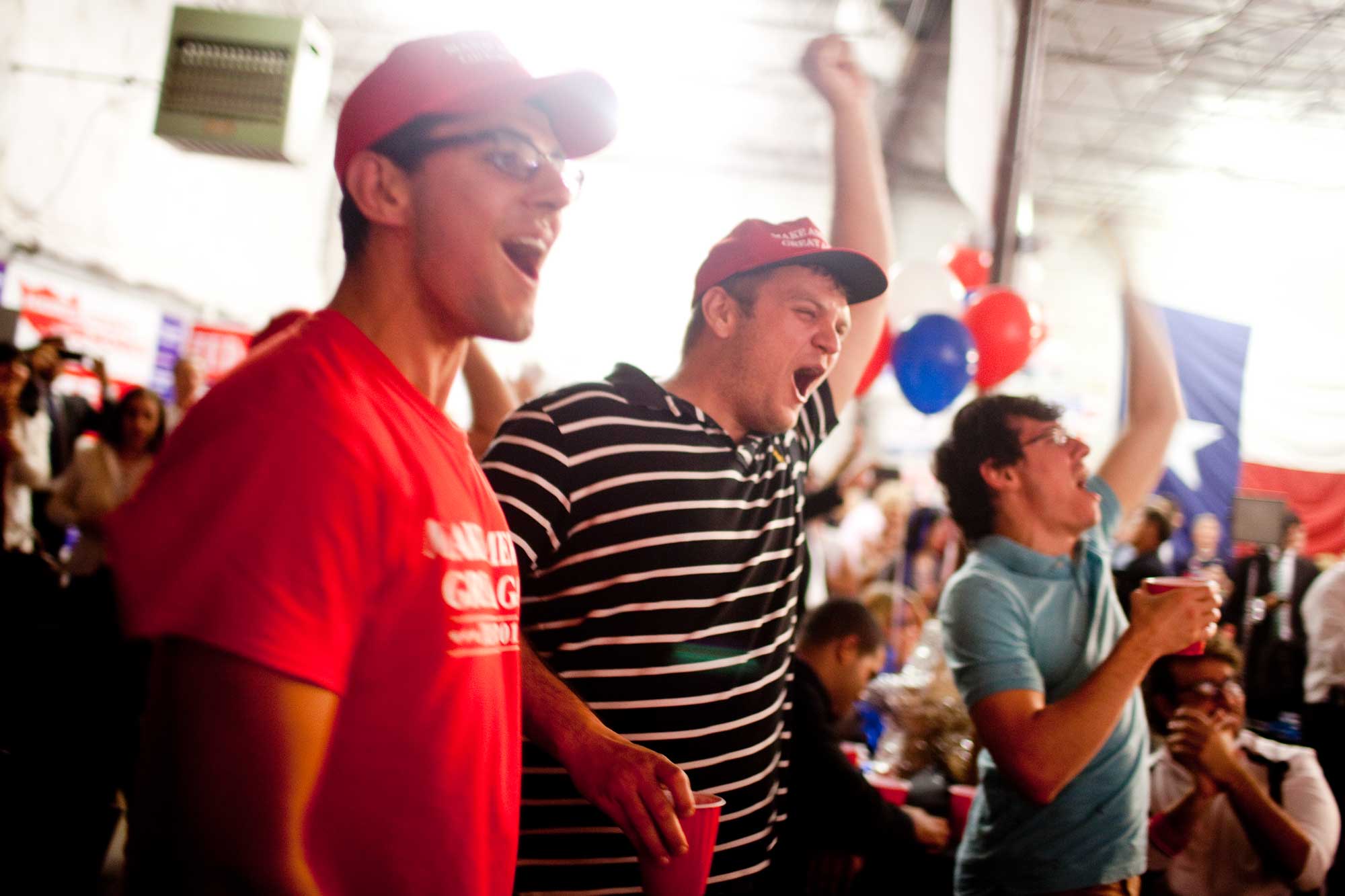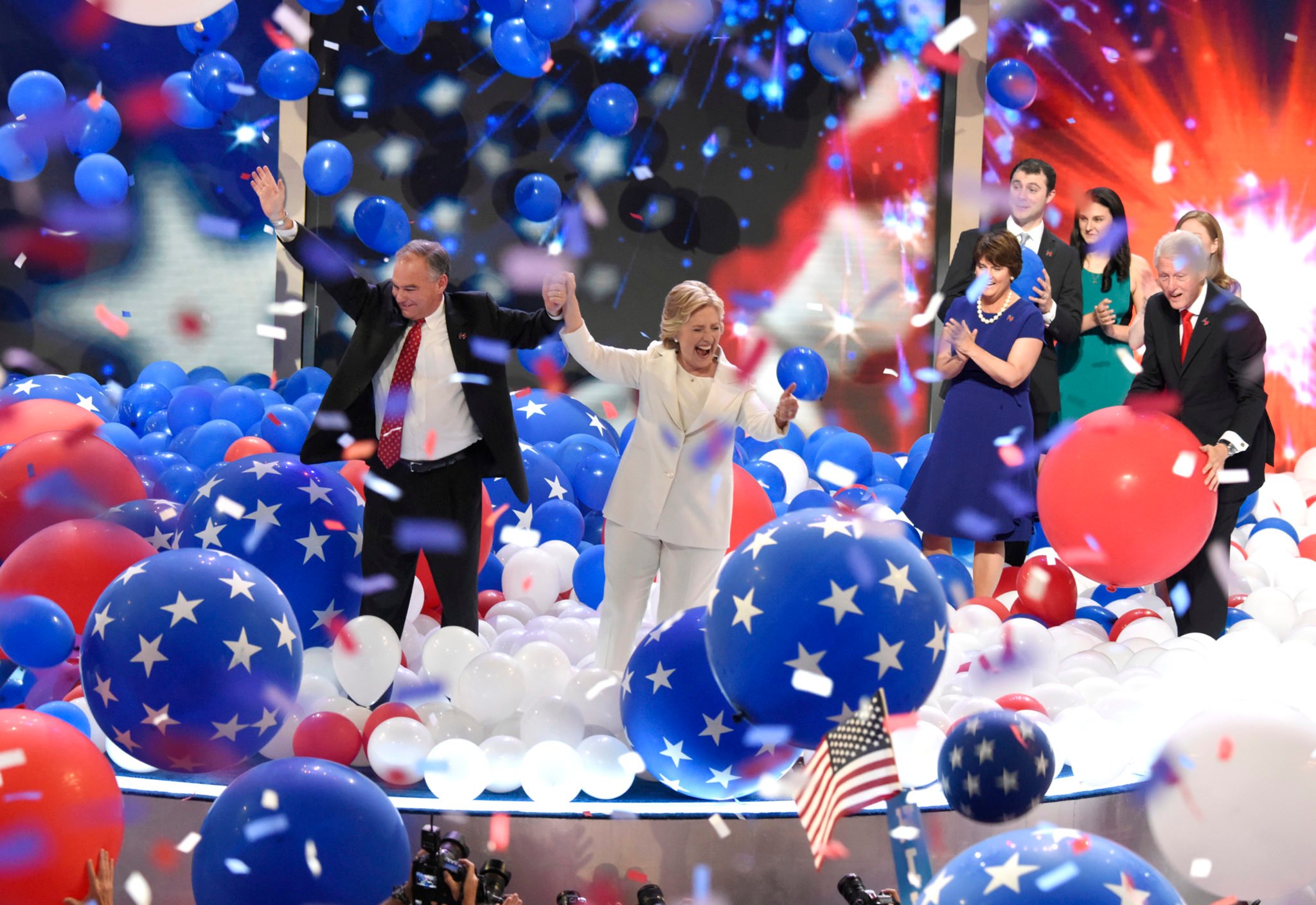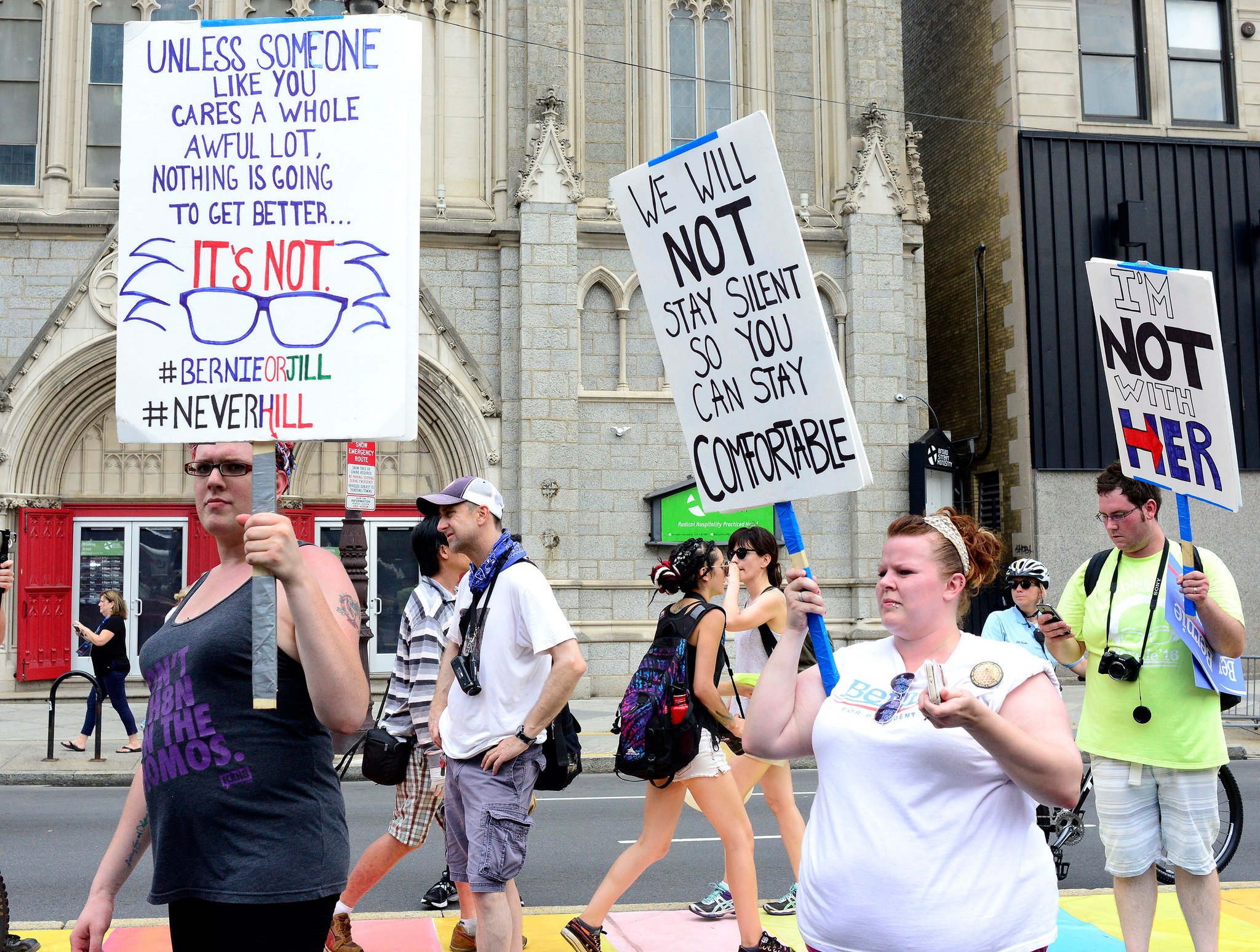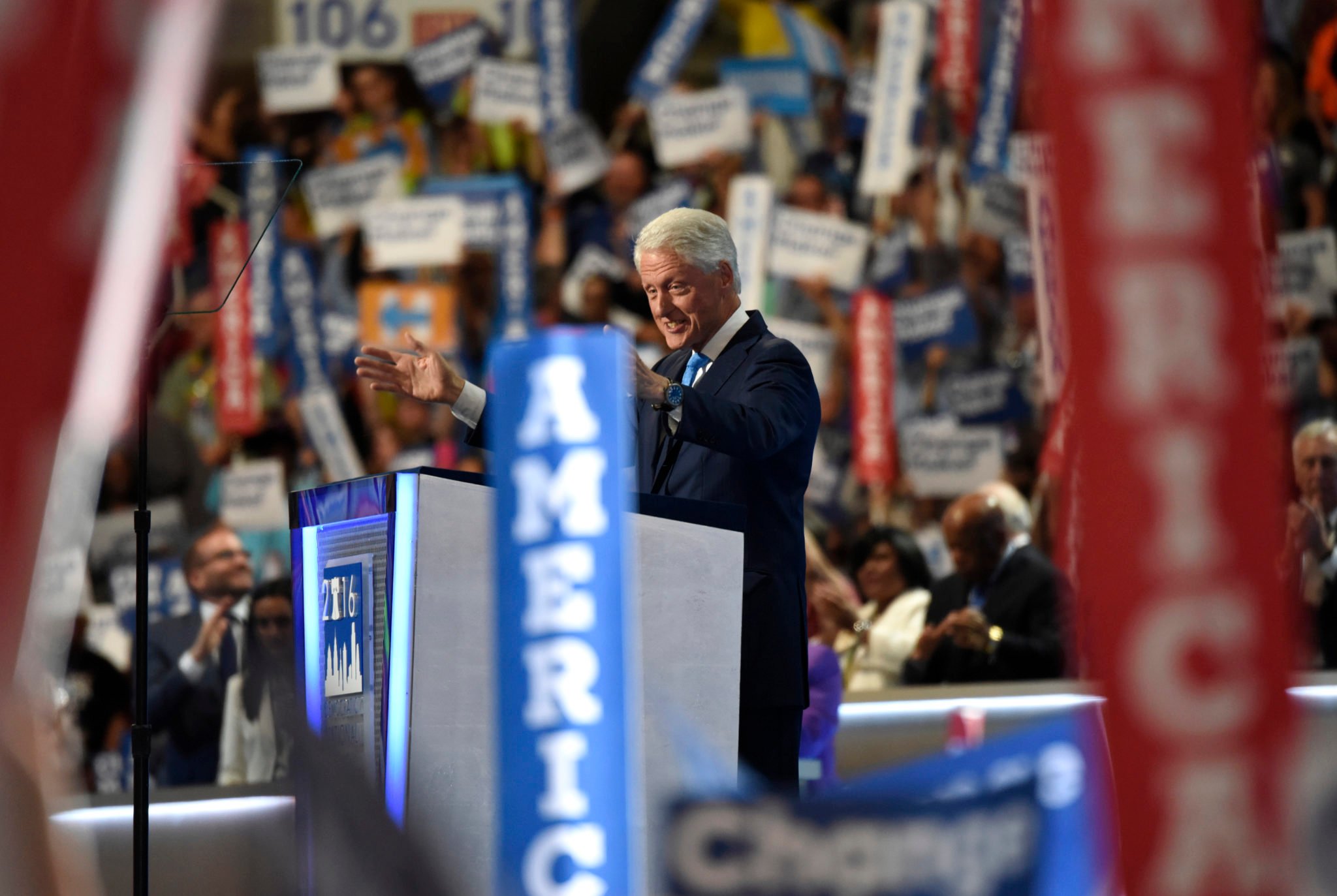
Dispatch from the DNC: The ‘Real’ Hillary, as Told by Bill

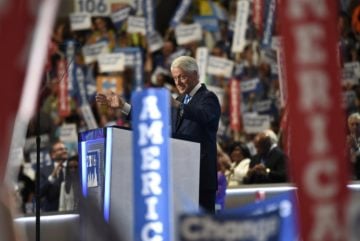
In the 1990s, when Bill Clinton won the White House and went to war with his enemies, he was more than capable of punching back. Every day he volleyed with his opponents, out to get him, for a few good reasons and many bad ones. Sometimes, he’d get the upper hand.
Hillary Clinton could not: The abuse directed at her was constant and personal. The country was considerably less comfortable with smart, confident women in positions of power. The few times she returned fire, it didn’t go well, so she mostly stayed mum.
The Clintons connected with each other in the early 1970s, because they were both so intelligent and so capable. But by 1992, Bill’s career dominated, and Hillary’s made public and private discomforts became secondary to the needs of the Clinton marriage, one of the most fascinating and complex stories in modern American politics.
Now Hillary’s ambition leads, though the power dynamic is no mirror image of what it once was. He’ll never be as vulnerable as Hillary once was. But this last year has been a testing time to be Bill. The Democratic primary has been something of a referendum on the political concepts that birthed Bill’s presidency, which emerged from a late-80s project called the Democratic Leadership Council.
Back then, the Reagan Revolution had set in deep. Three successive disastrous Democratic presidential bids convinced a significant portion of the party that they should tack right: Embrace pro-market principles, mix talk of entitlements with an emphasis on accountability and reform, and rebuild a relationship with the remnants of the white Democratic South. For that generation, the ideological left was the enemy. Politicians associated with the DLC sometimes used coded language that, if used by Republicans (or anybody) today, would be decried by the left as racist, paternalistic scapegoating.
But the country has been changing, and so has Bill and Hillary’s party. The DLC disbanded during Obama’s presidency, and the left reappeared as if unthawed, like the Encino Man, from the days of Walter Mondale. Bill’s brand began to tarnish, just a little, as Democrats started to question key elements of Bill’s legacy — his welfare reform program, the violent crime bill, the overarching approach to black communities, the legacy of liberal interventionism in foreign policy.
He feels, plainly, that the criticisms are unfair. In April, he was challenged by Black Lives Matter protesters at a campaign stop in Philadelphia, and he got so ticked he responded, at length. It did not go well. He seemed to use language better suited to the 1990s. Had he lost his touch, some wondered? Would Hillary have to keep him on a tighter leash?
And so Bill’s keynote speech Tuesday night at the Democratic Convention had some risks attached. On Monday, a rowdy crowd booed perceived centrists and, sometimes, those who even mentioned Clinton’s name. What if they challenged Clinton similarly, after a season in which he had been feeling fragile about his public image? Would he talk at length about his own greatness?
Bill’s intro video focused on his legacy, a medley that ranged from thankful letters from Americans positively affected by his time in office to the high points and quotables — “There’s nothing wrong with America that can’t be solved by what’s right with America.” And it highlighted the defensive nature of his presidency. He had “protected Medicaid, Medicare, and social security from a Republican congress,” the voiceover said.
Bill, a sponge for public affection, ambled on to the stage in no great rush, absorbing applause and ovation. “In the spring of 1971, I met a girl,” he said, or saw one, sitting in a classroom at Yale. Her “strength and self-possession” won his attentions. The speech was perhaps overlong, but it remained resolutely about her for once, a story of their courtship and marriage that managed to interweave little-known episodes in Clinton’s life in public service, her work for reform throughout the country. He skipped past opportunities to defend himself excessively. His account of his presidency was mercifully short.
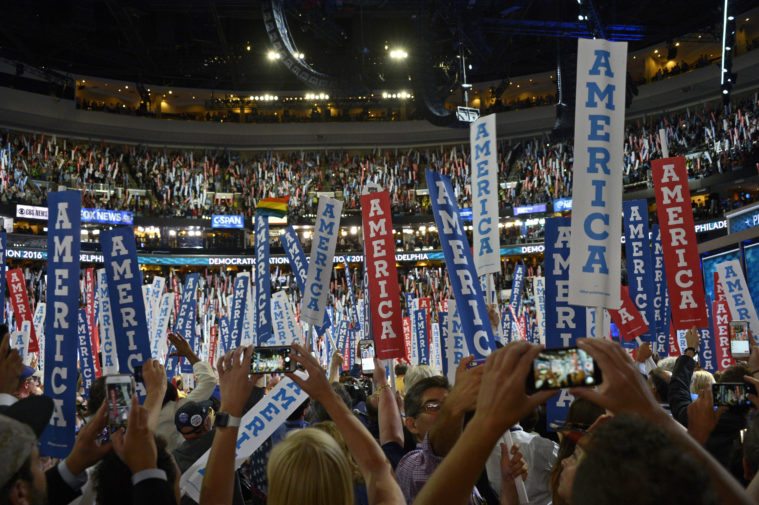
The speech, particularly the beginning and the end, was skillful and effective. It seems preposterous that a man who did to Hillary what Bill did — let alone what Bill did to other women — should need to “humanize” Hillary, as the press described it, but that is what the cold political exigencies require.
Bill, deconstructing and reconstructing Hillary’s public persona, wondered aloud why he had needed to. “How does this square with the things that you heard at the Republican convention?” he asked. “One is real, the other is made up.”
Republicans feared Hillary, but could not beat her fairly. So they’ve created “a cartoon alternative,” Bill said. “Cartoons are two-dimensional. They’re easy to absorb. Life in the world is complicated and real change is hard. And a lot of people even think it is boring.” It was the only line in the speech that precipitated some “Bernie” chants — but Clinton quickly moved on.
Some — like MSNBC’s Rachel Maddow — found Clinton’s account of eyeing Hillary, the “girl,” then persistently wooing her, a “shocking and weird” way to celebrate the first female presidential nominee on the night of her nomination. Not to mention a throwback to a Bill we’d prefer not to remember, rather than the vegan granddad we know now.
But many viewers on social media and observers in the press thought otherwise. Both Clintons have long been identified in the public eye mainly through the lens of their twin ambitions, fairly or unfairly, but Bill offered them a look at something else: A marriage, and a family, and a strong and smart woman who works for others. It’s really the least he can do.
Read more coverage from the Democratic National Convention here.
